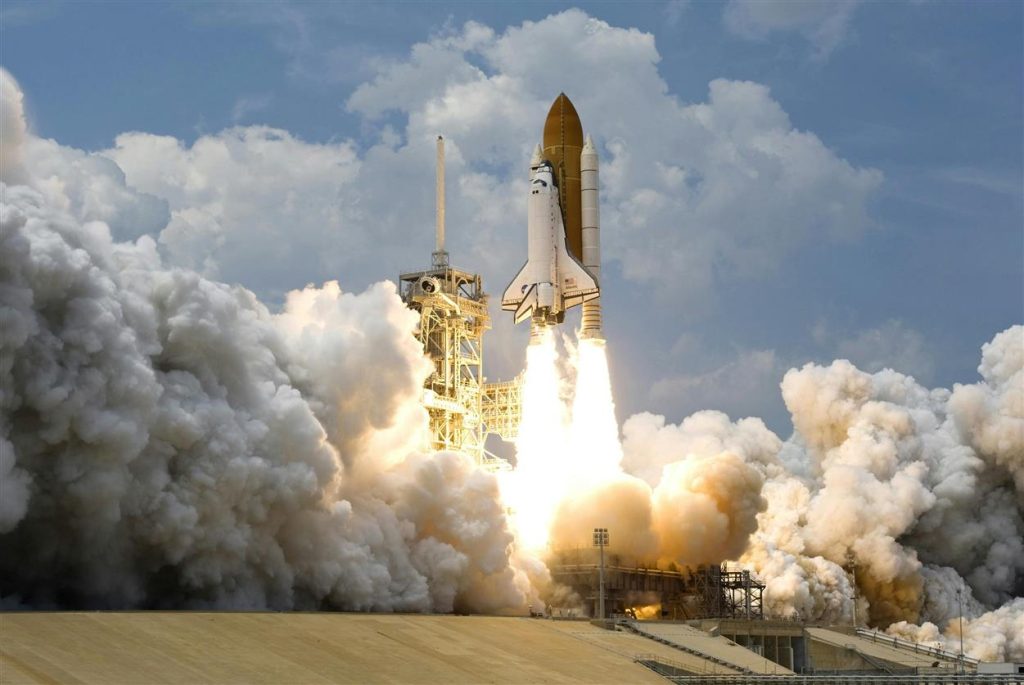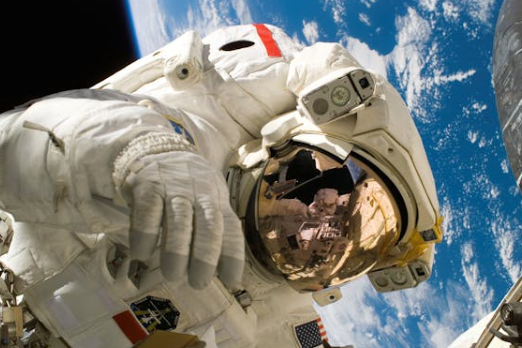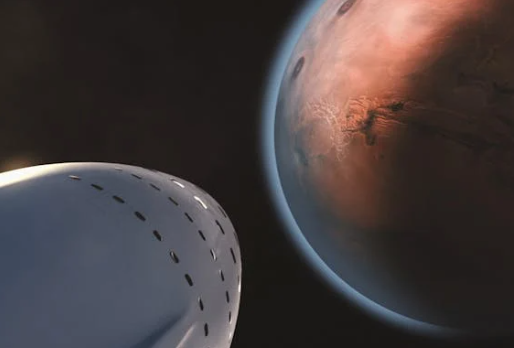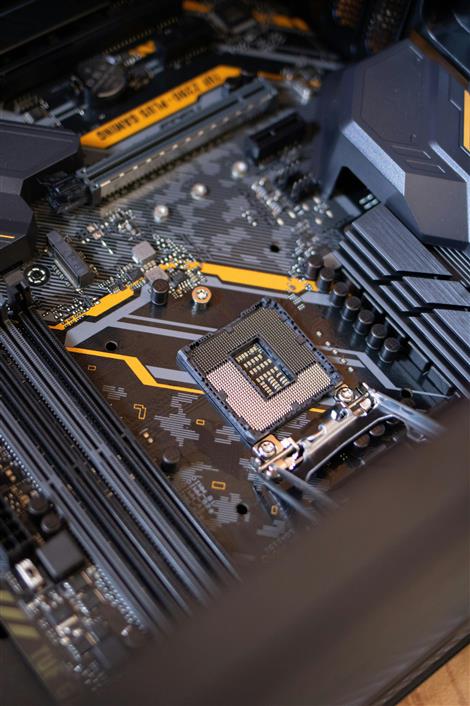
When we think of space travel, it’s easy to picture bulky suits, massive rockets, and distant, sterile control rooms. But the next few decades are likely to bring profound changes—not just in how we get to space, but in who goes, what they do there, and why they go at all.
By 2050, space travel will likely be far more common, more routine, and perhaps even a part of everyday life for a certain group of people. The idea of “going to space” may no longer be limited to astronauts or billionaires—it could be something accessible to researchers, technicians, tourists, and people involved in off-Earth industries.
So what will it really look like?
More People, More Often
The most obvious change will be the number of people leaving Earth. In 2024, crewed space missions are still rare events. But private companies and national space agencies alike are investing heavily in reusable spacecraft, spaceports, and training programs.
By 2050, spaceflights could be happening weekly—possibly even daily for lower orbit missions. Suborbital trips, which allow passengers to experience weightlessness for a few minutes before returning to Earth, may become a new form of elite travel or even scientific tourism.
Longer missions, such as trips to orbiting space stations or the Moon, will still be more complex and costly, but they won’t be the once-in-a-decade achievements they were in the past. A multi-agency approach, with collaboration between countries and private firms, will likely help lower barriers to entry.
Not Just Astronauts Anymore
Today, astronauts undergo years of rigorous training and psychological testing before they’re allowed anywhere near a rocket. By 2050, the qualifications for space travel might resemble the early days of aviation. Pilots, engineers, medical personnel, and even space construction workers could be trained in months rather than years, using advanced simulators, AI-driven training systems, and augmented reality.
In short, the space workforce will diversify—including geologists, biologists, architects, teachers, and others who never planned on leaving Earth.

The Moon as a Base Camp
One of the major goals for space agencies and private companies is to establish a permanent presence on the Moon. This isn’t just about planting a flag or building a lab for science experiments. The Moon could become a functional outpost: a place to test systems for life support, practice resource extraction, and prepare for longer missions, particularly to Mars.
By 2050, there may be semi-permanent lunar bases powered by solar energy, equipped with habitats protected from radiation, and supplied by regular cargo flights. These bases could support both scientific missions and commercial projects—such as mining lunar ice for water and fuel.
The Moon will also likely serve as a launch point for deeper space travel, reducing the cost and fuel requirements of missions to Mars and beyond.
Mars: The Next Frontier (but Still a Harsh One)
Much has been said about Mars—and with good reason. It’s the most Earth-like planet in our solar system, at least in terms of potential habitability. But don’t expect it to resemble Earth anytime soon.
By 2050, humans may have set foot on Mars, possibly living there for weeks or even months at a time. These early missions will likely focus on learning how to survive on the planet: how to extract water, produce oxygen, and grow food. These are not small challenges. Mars has thin air, freezing temperatures, and intense radiation.
Even with the best technology, living on Mars in 2050 will be more like life on a submarine or remote Arctic station than anything resembling a science fiction city.
Still, those first steps will lay the groundwork for future settlements—most likely scientific or exploratory in nature rather than commercial or residential.

Space Habitats and Orbital Living
Besides the Moon and Mars, Earth’s orbit itself will become a busy zone. By 2050, we could see large orbital habitats—essentially space stations with room for dozens or even hundreds of people. These could serve as:
- Research platforms
- Tourist destinations
- Manufacturing hubs for materials that require microgravity
- Refueling or maintenance depots for other spacecraft
Some proposals even imagine rotating habitats that generate artificial gravity, allowing people to live and work for longer periods without the health issues that come with weightlessness.
Living in orbit could also become a temporary assignment for scientists and engineers, similar to how oil rig workers or Antarctic researchers live today: rotating shifts, long stays, and well-designed, compact living quarters.
How Will We Get There?
The spacecraft of 2050 will likely be smaller, more reusable, and far more efficient. Chemical rockets may still play a role, especially for escaping Earth’s gravity, but newer propulsion systems—like ion drives or nuclear thermal engines—will help reduce travel time for longer missions.
For low-Earth orbit travel, spaceplanes may become the standard. These hybrid vehicles take off from a runway, soar into orbit, and return like a regular airplane—reducing the need for expensive vertical launches.
Safety will also improve. Automated systems, better shielding, and real-time health monitoring will help reduce the risks that once made space travel so dangerous.
The Role of AI and Robotics
Human travelers won’t be alone out there. Robots will likely do a significant share of the heavy lifting—both literally and figuratively. Robotic arms, autonomous rovers, and drone-like spacecraft will be essential for building habitats, conducting repairs, and scouting ahead.
Artificial intelligence systems will likely assist in mission planning, health monitoring, and even crisis management. While they won’t replace human decision-making entirely, they’ll handle the repetitive, high-risk tasks that humans aren’t suited for.
Space Tourism: Still for the Few, but Less So
Yes, some people will go to space for fun—at least those who can afford it. By 2050, space hotels may not be a fantasy, though they’ll likely be more like luxurious bunkers than floating resorts.
Short trips to orbit or even around the Moon may be marketed to ultra-wealthy travelers or corporations looking to offer unique experiences. However, even these tourist trips will indirectly benefit broader space access, helping fund the infrastructure needed for science and exploration.
A New Perspective on Earth
One overlooked consequence of frequent space travel is how it will change our view of Earth itself. Astronauts often describe a sense of awe when seeing our planet from above—a fragile, beautiful world suspended in darkness. This so-called “overview effect” could become a more common experience, especially for those working in orbit or on lunar missions.
That shift in perspective may influence how we deal with global challenges, encouraging more collective thinking and long-term planning. It’s hard to see borders, politics, or personal gain in the same way when you’re looking down from 250 miles above the surface.
Conclusion
Space travel in 2050 won’t look like Star Trek. It will still be hard, expensive, and risky. But it will also be more structured, more practical, and—for some—part of a regular working life.
The spacecraft will be smarter. The missions will be longer. The goals will be bigger.
And though most of us will still watch from the ground, the idea of humans living and working in space won’t seem far-fetched anymore—it’ll feel like part of the human story.






